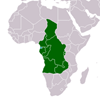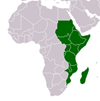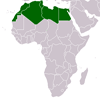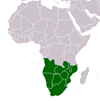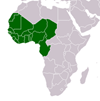Routing Architecture of Next-Generation Internet (RANGI)
Routing Architecture of Next-Generation Internet (RANGI)
This chapter describes a new Identifier/Locator split architecture, referred to as Routing Architecture for the Next Generation Internet (RANGI), which aims to deal with the routing scalability issues. Similar to the Host Identity Protocol (HIP) architecture, RANGI also introduces a host identifier (ID) layer between the IPv6 network layer and the transport layer and hence the transport-layer associations (e.g., TCP connections) are no longer bound to IP addresses, but to the host IDs. The major difference from the HIP architecture is that RANGI adopts hierarchical and cryptographic host IDs which have delegation-oriented structure. The corresponding ID to locator mapping system in RANGI is designed to preserve a "reasonable" business model and clear trust boundaries. In addition, RANGI uses special IPv4-embeded IPv6 addresses as locators and hence site-controllable traffic-engineering and simplified renumbering can be easily achieved while the deployment cost of such new architecture is reduced greatly.
CITATION: Xu, Xiaohu. Routing Architecture of Next-Generation Internet (RANGI) edited by Boucadair, Mohamed . Hershey, PA : IGI Global , 2013. Solutions for Sustaining Scalability in Internet Growth - Available at: https://library.au.int/routing-architecture-next-generation-internet-rangi

